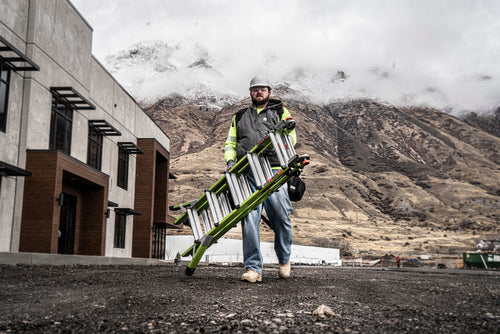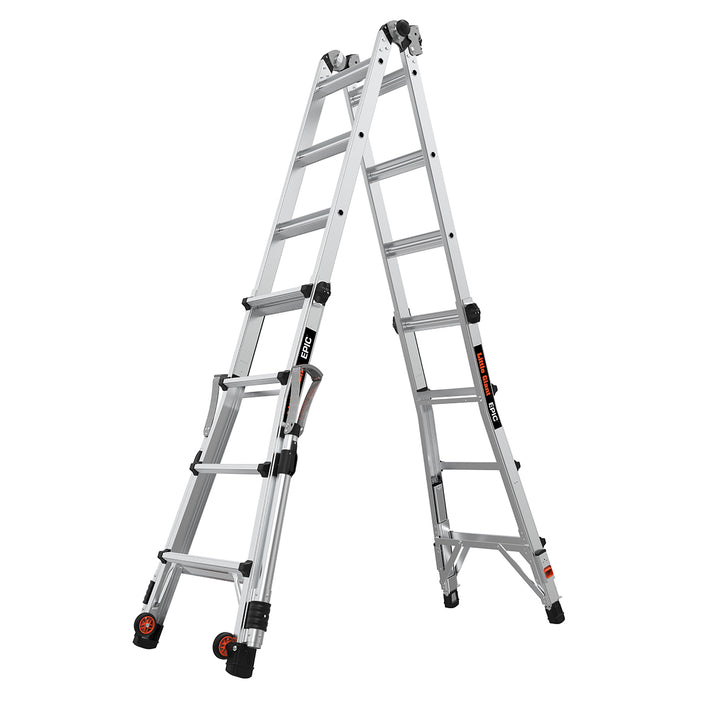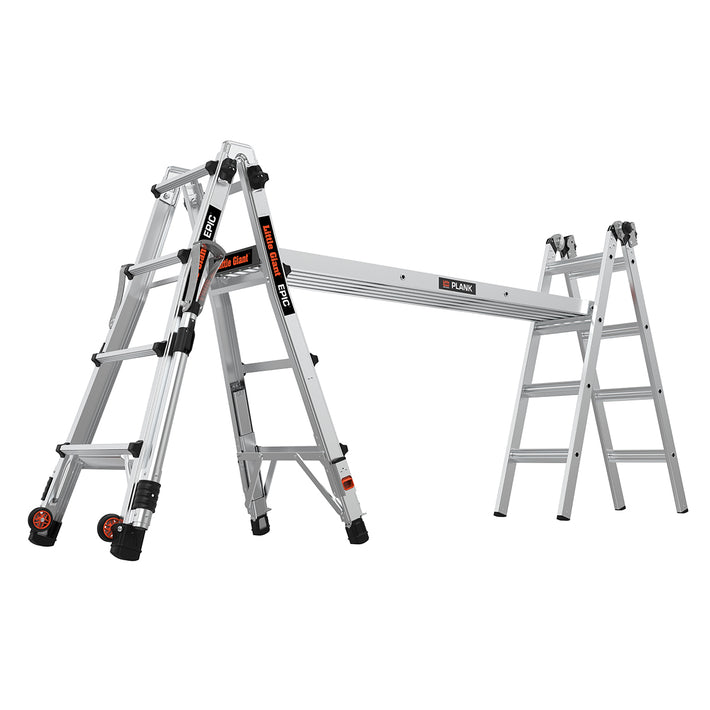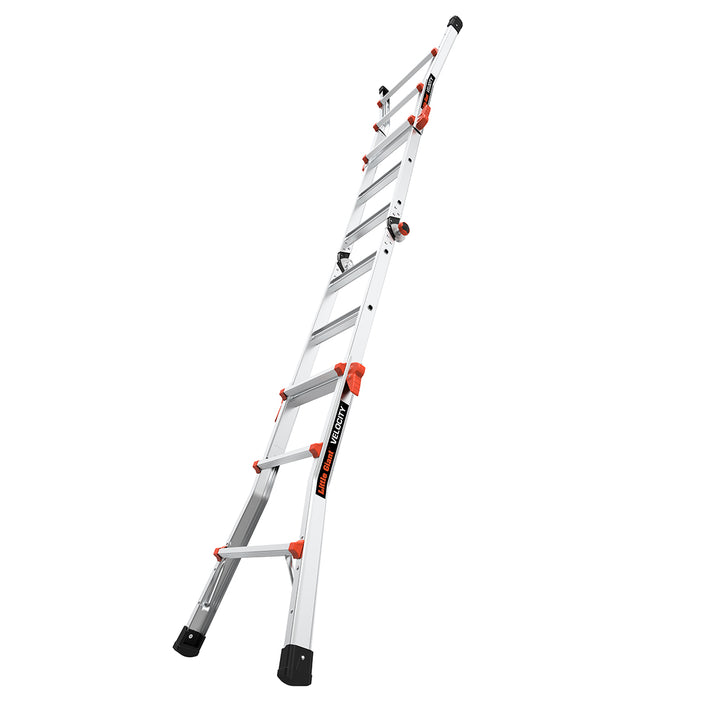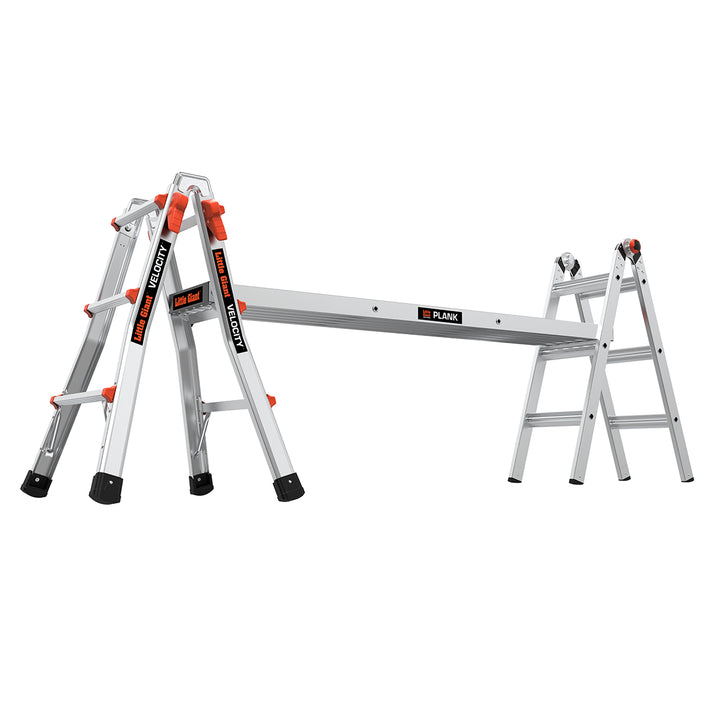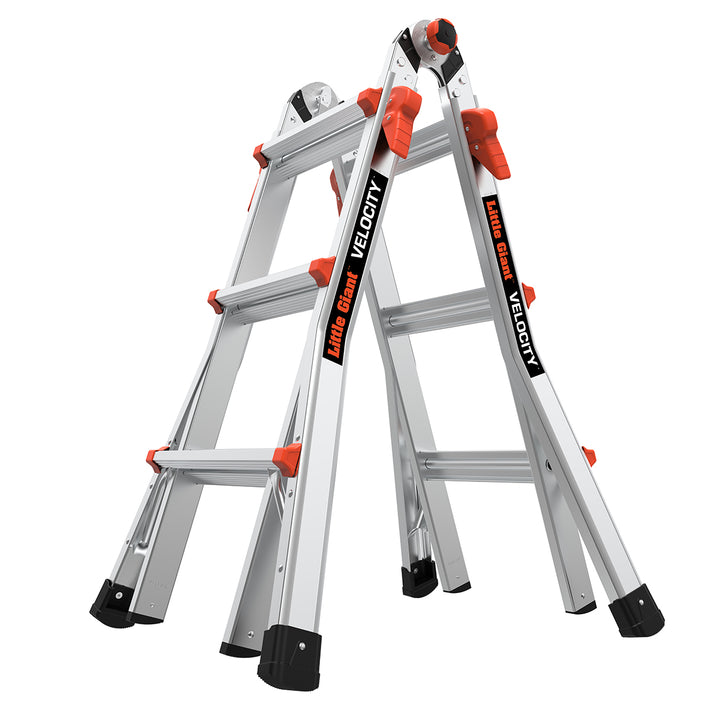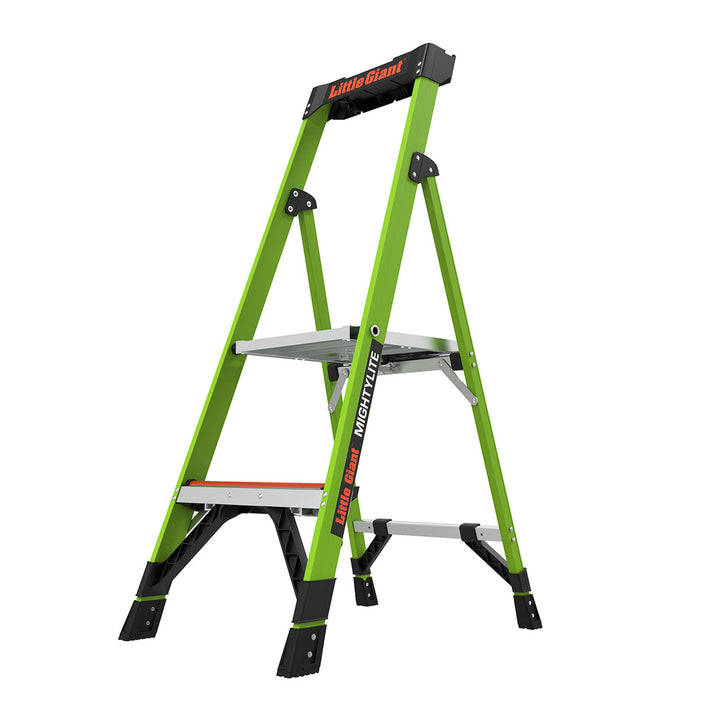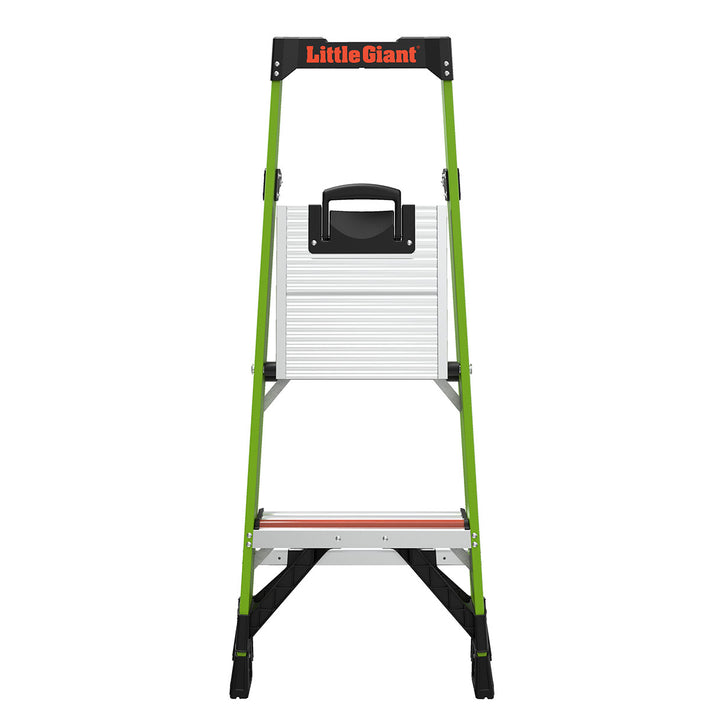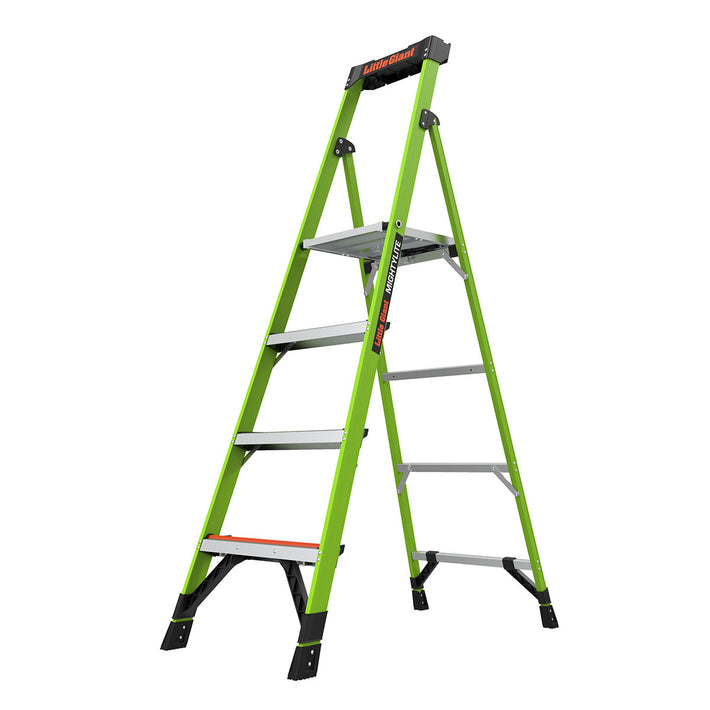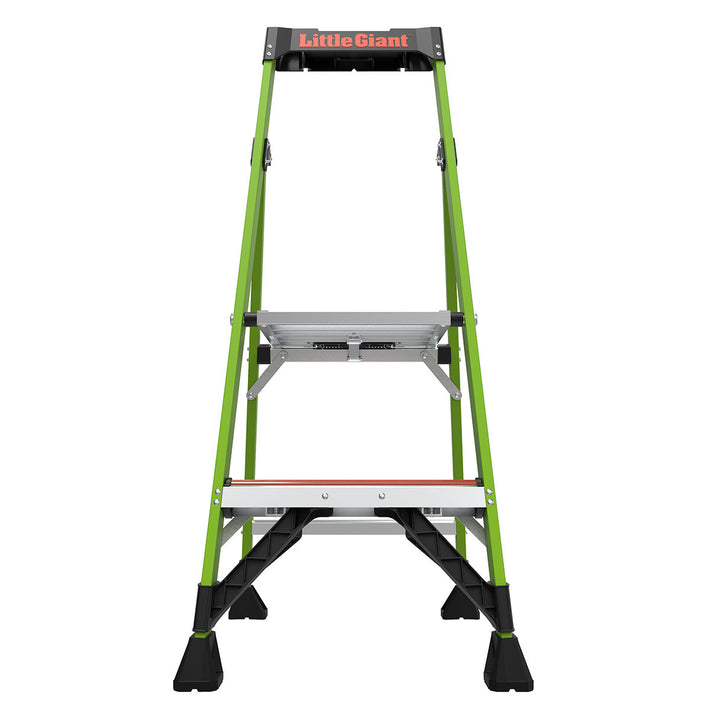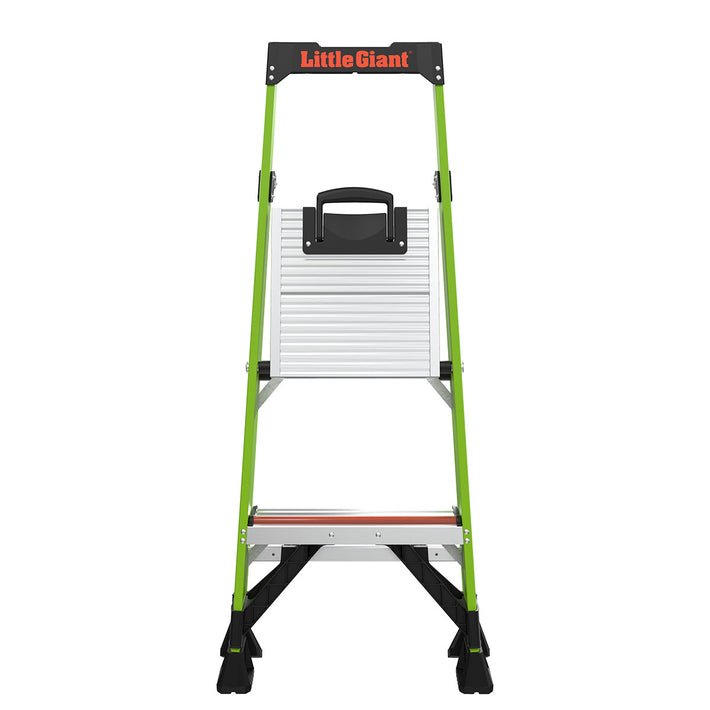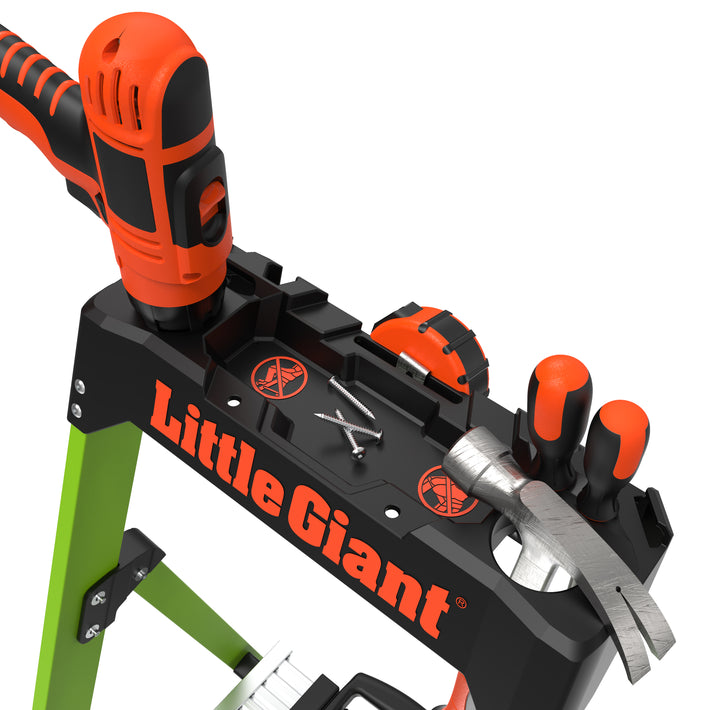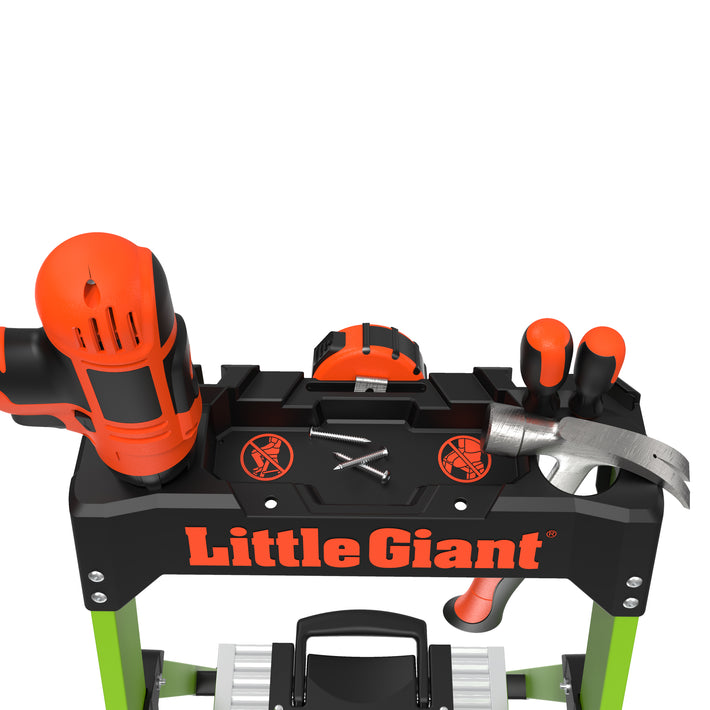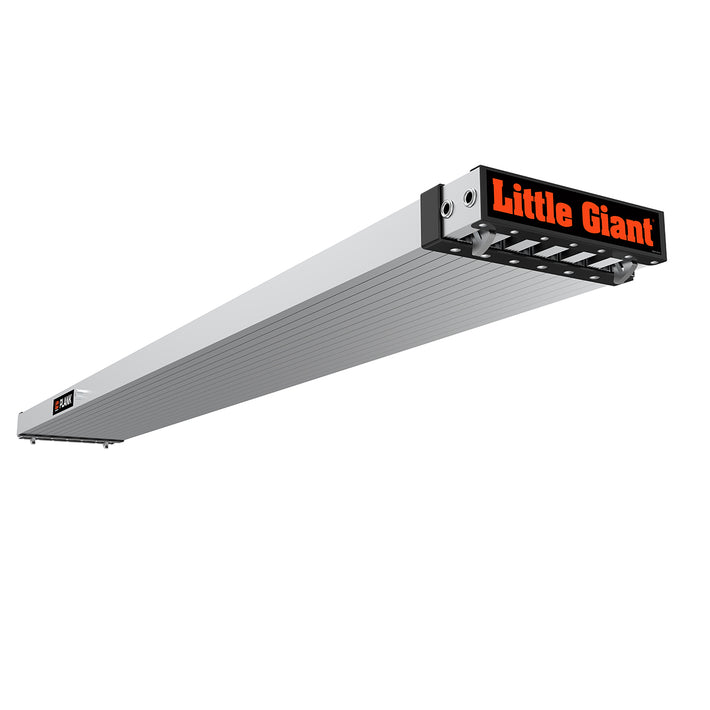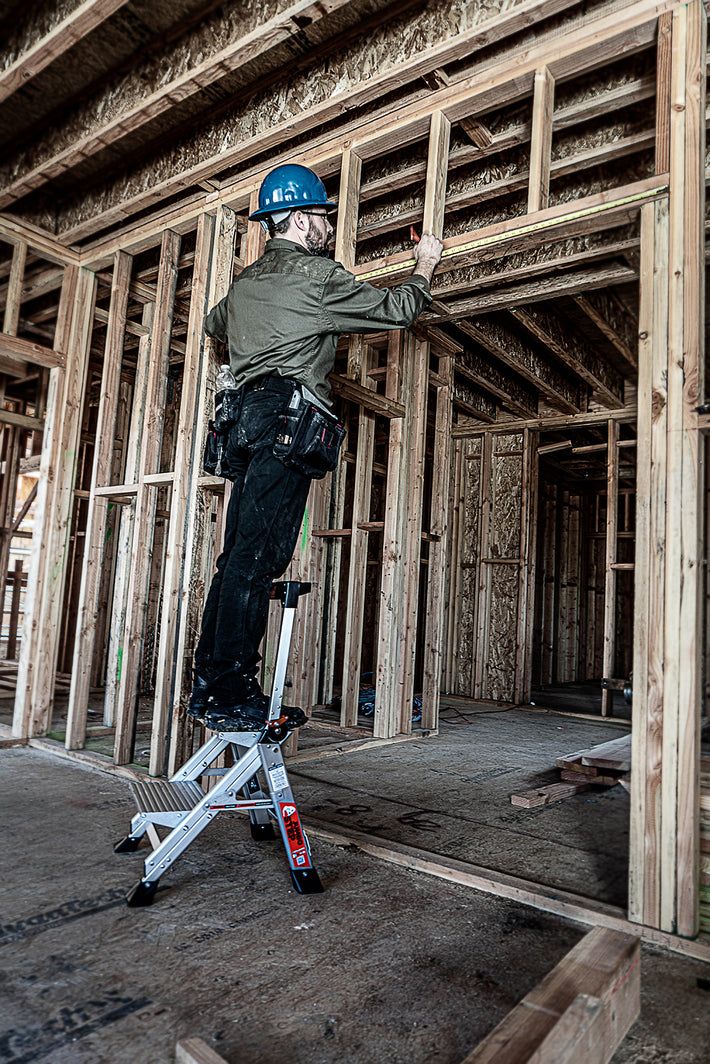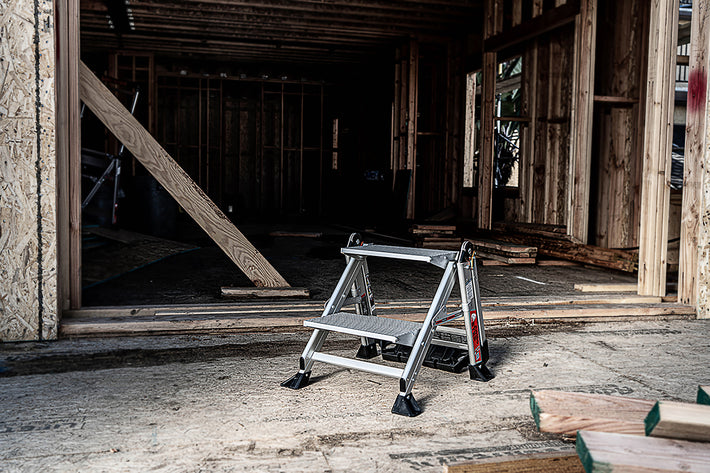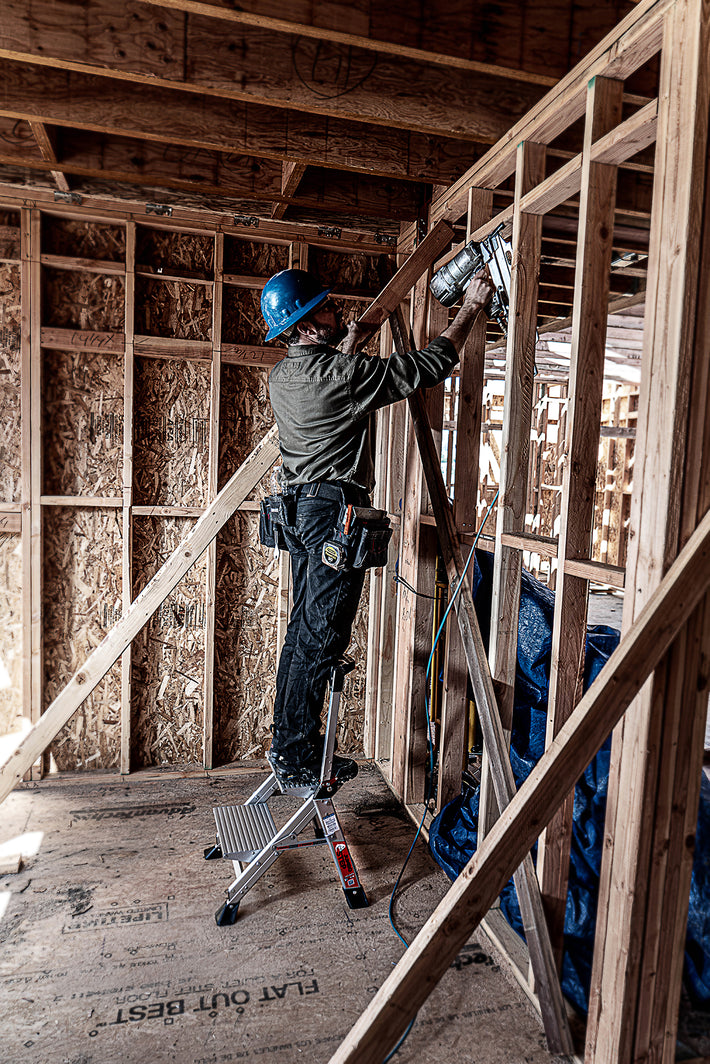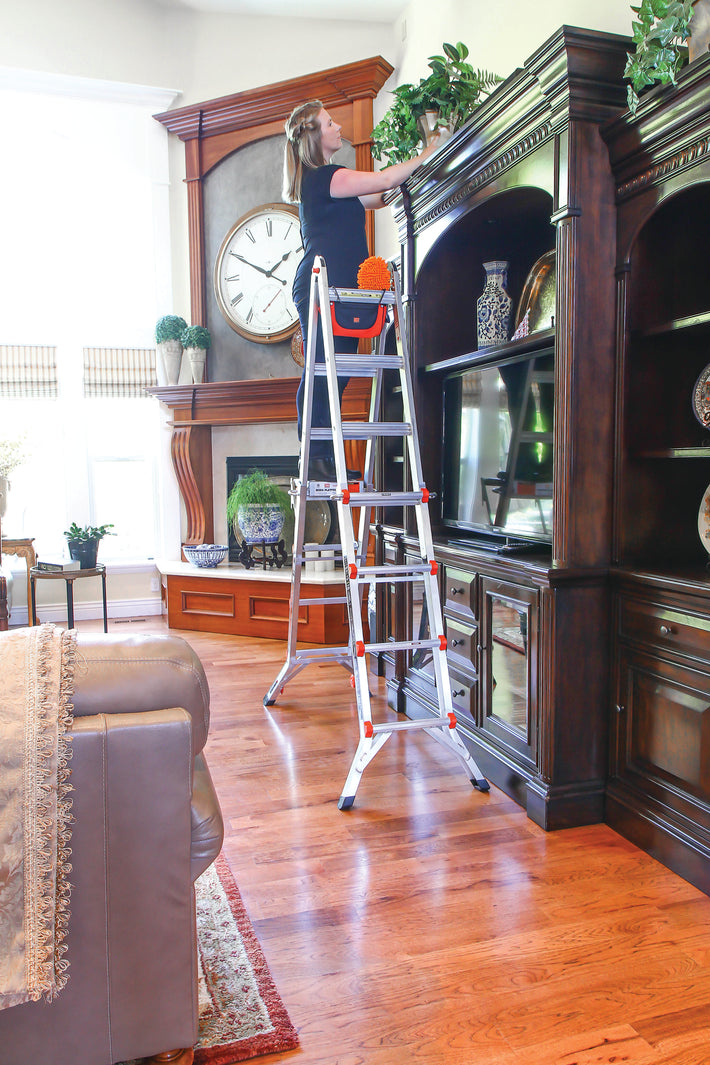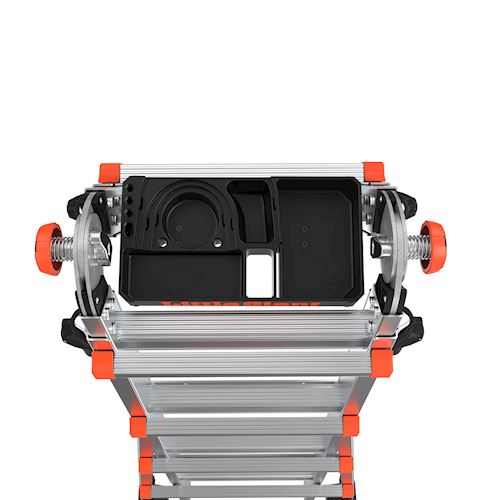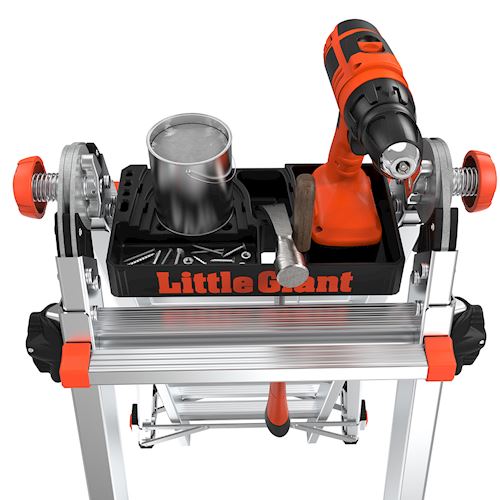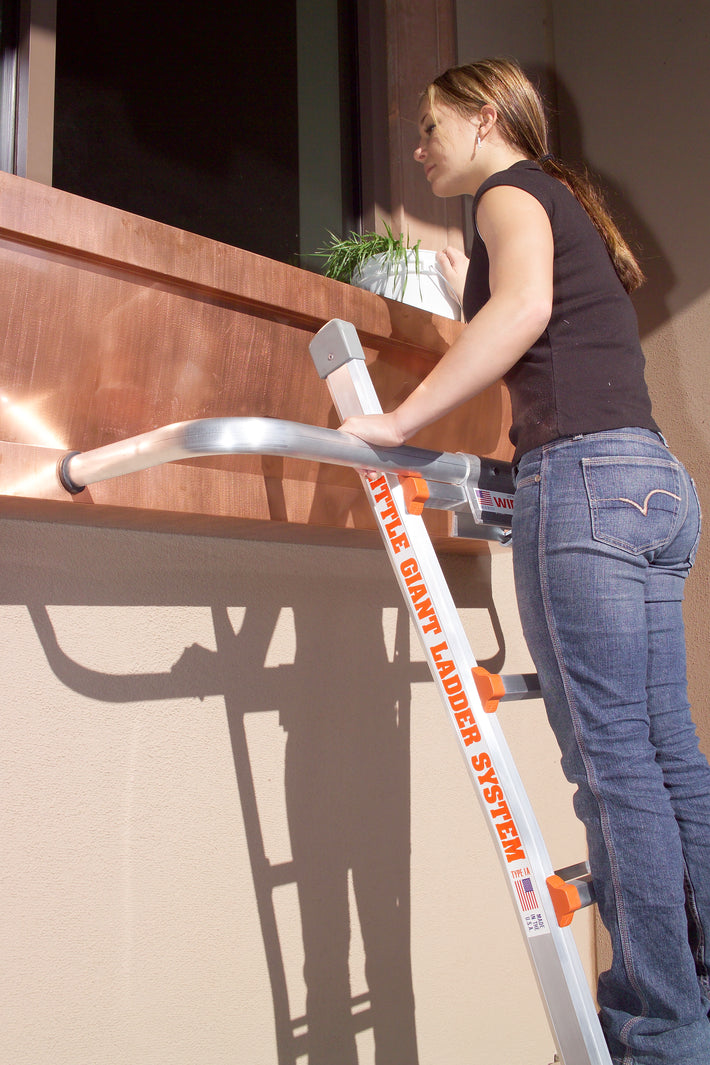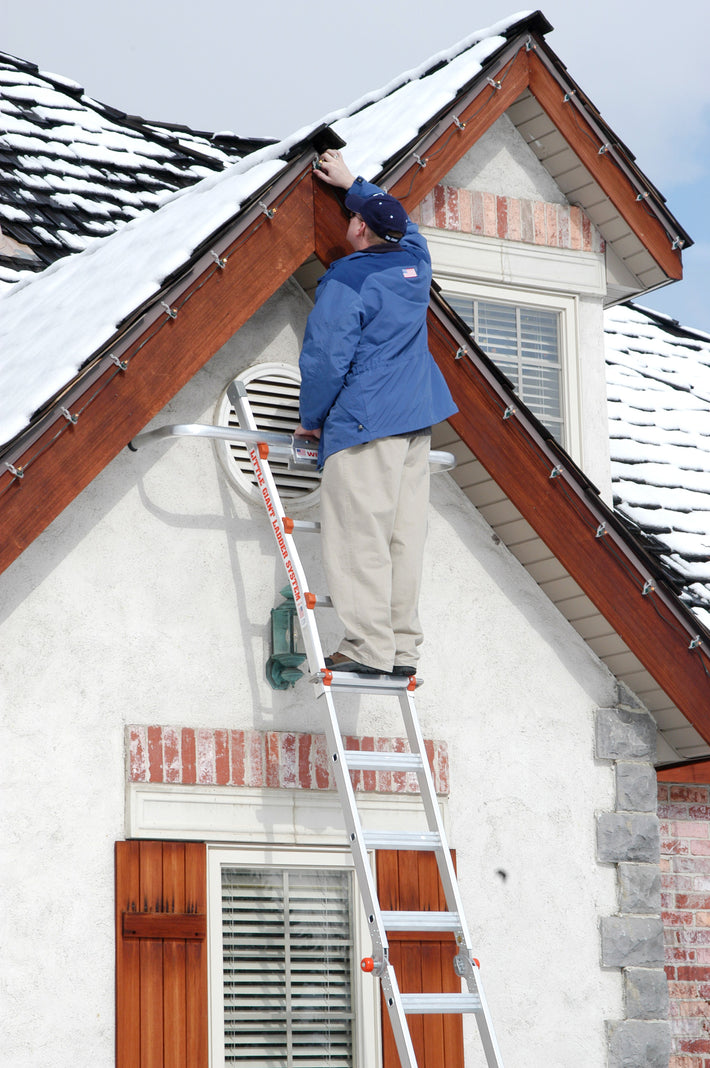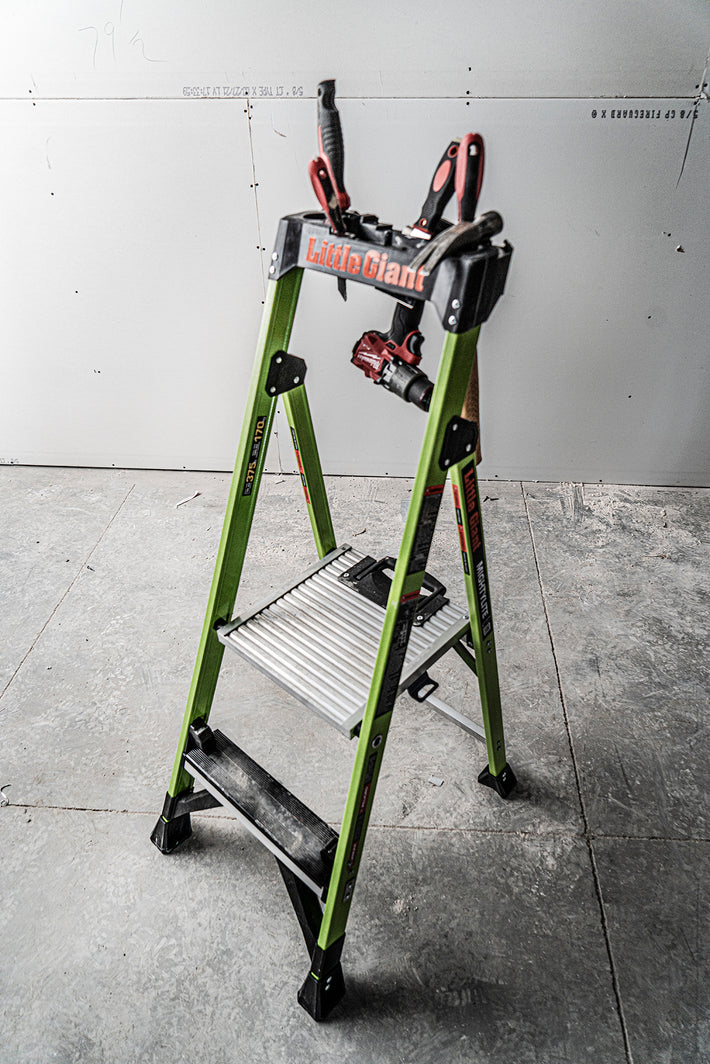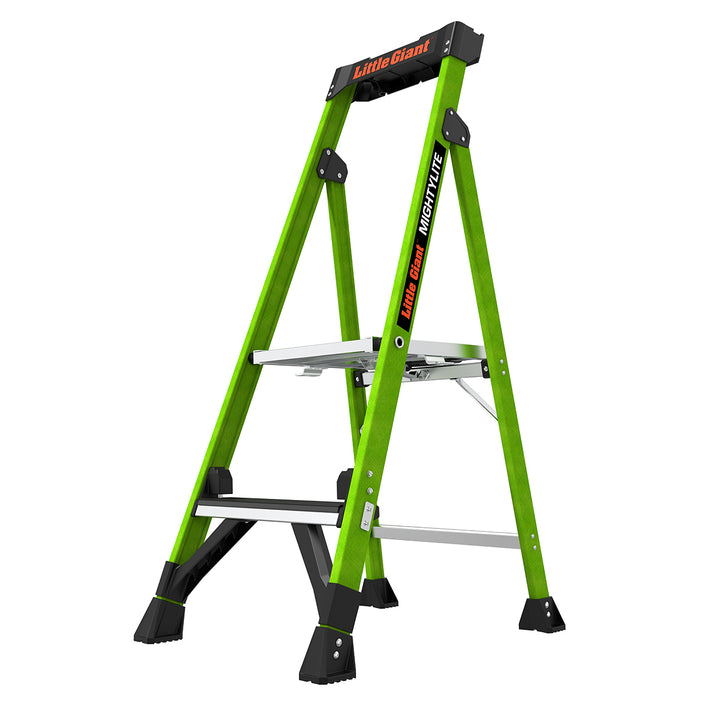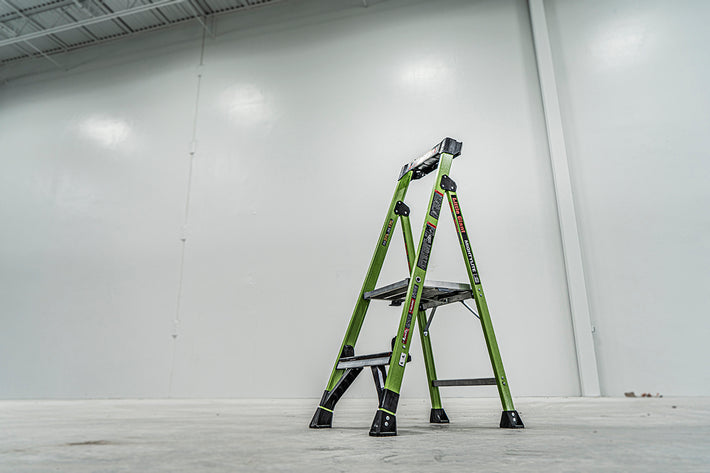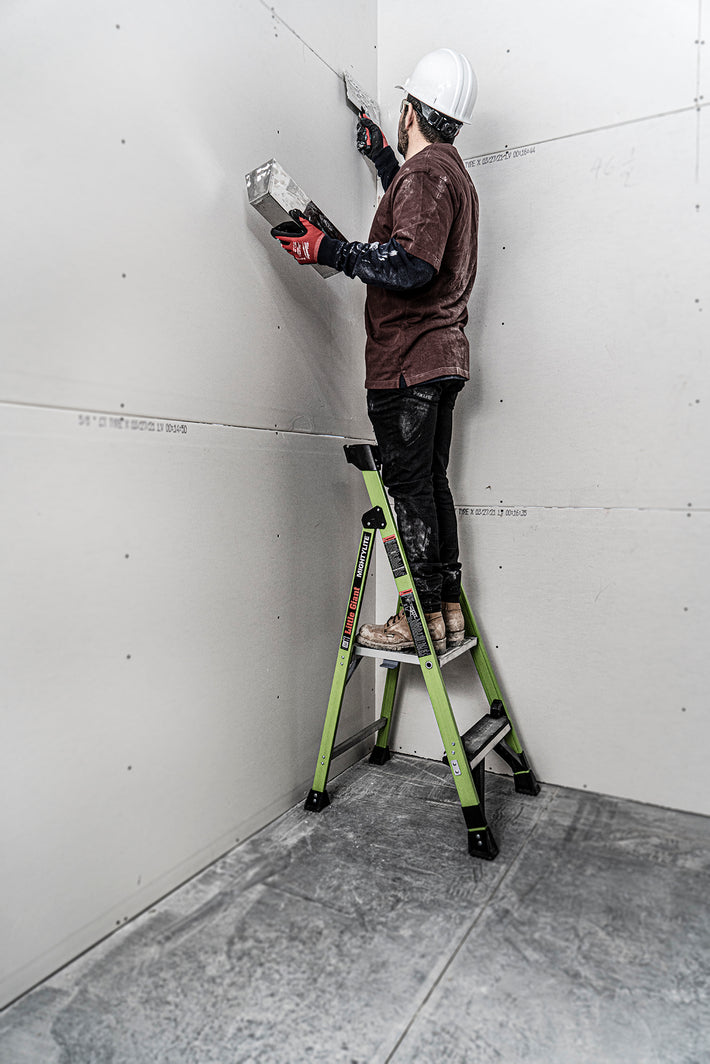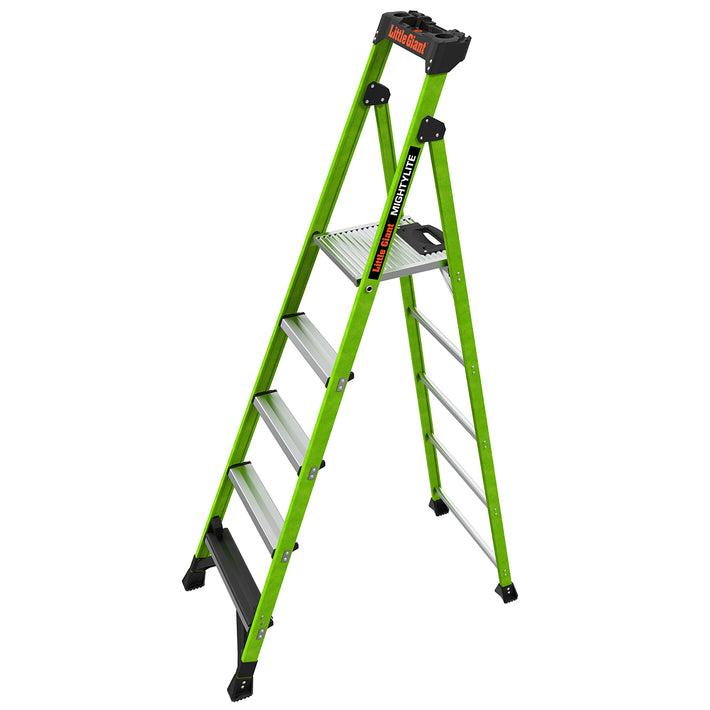National Ladder Safety Month: Training and Broadcast
Welcome to week 4 of National Ladder Safety Month. Last week we discussed how Little Giant uses ladder accident statistics to inform innovative design. This week, we’ll be going over the importance of ladder training: when it’s effective, when it isn’t, and why Little Giant offers interactive broadcasts to trade schools, contractors, and training alliances across the US.
Not the End-All Solution
Let’s address the elephant in the room first: if the number of people who have died from ladder falls has tripled over the past decade, does that mean fall-protection education programs are failing? Does safety training even work?

The answer is complicated.
We’ll start with the good news: targeted training consistently reduces injuries. For example, a 2009 study in The Ergonomics Open Journal followed the effects of safety training programs in manufacturing establishments on “days-away-from-work” injuries. Their findings were conclusive: barring overexertion injuries (which are very resistant to educational programs), establishments with formal safety training have a lower rate of contact and fall injuries where those injuries occur. In particular, fall injuries were reduced by about two events per 10,000.
The bad news is these results are often considered modest or even statistically insignificant: although it was consistent, the above example in Ergonomics Open resulted in a less than 1% decrease in fall accident probability. In general, researchers frequently conclude that other methods of accident prevention are more effective than training.
In a 2020 study from the Journal of Safety Research on preventing fall-from-height injuries in construction, a group of researchers studied the Working at Heights (WAH) standard implemented in Ontario, Canada and compared 2017 accident reports with those in 2012 to 2014, before the standard was created. Lynda Robson et al. concluded that “the present study has provided an example of mandatory training regulations being effective in reducing the incidence of a targeted type of injury. However, we note that, as is typical of training interventions, the effects were modest and did not eliminate the problem.”
Dr. Hongwei Hsiao, former Chief of the Protective Technology Branch for the National Institute for Safety and Health (NIOSH), gathered a number of studies in his book on fall prevention. He explains that “rule-based control strategies,” or training strategies which require formal education, are simply not as effective as engineering-based solutions: “Integrating safety-in-design principles and solutions is the most efficient approach to reducing incidents and injuries associated with the use of any product.”
In other words, while training can be consistently effective, it’s neither a perfect solution nor the solution we should reach for first.
The New Worker Clause
So why does Little Giant even offer training?
Well, first of all, it’s not the first solution we invest in. Little Giant is constantly researching and designing the solutions Dr. Hsiao suggested: “innovations in ladder structure design and in ladder accessories development.”
Second of all, there’s a notable exception in the 2020 study from the Journal of Safety Research: “While training is a fundamental component of managing OSH risks, and may be especially important for workers new to their job (Dong et al., 2004), it is considered by OSH professionals to be less effective than other risk controls such as hazard elimination, hazard substitution, and engineering.”

The report is referring to an article in the Journal of Occupational and Environmental Medicine (JOEM) on work-related injuries among construction workers. When controlled for demographic factors, workers from 16 to 24 years old see much greater benefits from training programs. In fact, the numbers jump from a 12% reduction in worker’s compensation claims to a 42% reduction. The same study controlled for workers who were in the first year of their job and found similar results: training becomes much more significant when you’re younger and newer to your job.
That makes JATCs (Joint Apprenticeship and Training Committees) and other trade schools prime locations for training. And that’s exactly where Little Giant trains.
Little Giant LIVE
When COVID-19 turned in-person trade shows into entirely virtual events, Little Giant lost a major communication hub. So, in 2020, the Little Giant team expanded into broadcasting: over the course of the next year, Little Giant’s Springville, Utah headquarters would gain three functioning television studios.
Three control rooms, dozens of cameras, lighting and sound suites, and an entire team dedicated to staffing these studios allowed Little Giant to continue showcasing world-class ladders in world-class style. But this time, you could attend from anywhere.

What began as a way to continue involvement in sales events quickly expanded into training opportunities. According to the ALI (American Ladder Institute), in-person and video safety training are the top two preferred formats for ladder safety training, so a live format seemed to match the data best. With a wealth of experience in OSHA-10 training and ladder safety, Little Giant staff such as Dave Francis (our National Safety Director) and Kenyan Allan (our VP of Broadcast Sales and Training) spearheaded partnerships with NJATCs (National Joint Apprenticeship and Training Commitees) across the US as well as NECA (the National Electrical Contractors Association).
Little Giant LIVE was born.

Today, Little Giant LIVE provides free, certified safety training to multiple trade schools, apprenticeship programs, and contracting businesses across the US. Our goal is to tap into the younger generation of trades workers and those just beginning their journey in order to build a safer work experience at height.
The Future of Fall Prevention
The ladder industry is beginning to see a training revolution. The ALI reports that awareness of ladder misuse is increasing—6% from 2018 to 2020. 61% of accident and safety manager respondents feel that incidents could have been avoided with the proper training. And 92% of participating ALI organizations consider ladder safety training important to extremely important.
Basically, both trades workers and the general public are becoming more aware of how dangerous ladders can be. That awareness is driving change across the industry: in engineering, manufacturing, and in training programs. And while training isn’t always the most effective solution, it continues to prevent injuries and save lives, and we’re only getting better at it. Little Giant invites the industry to continue honing their training efforts alongside innovative engineering solutions as we try to cut ladder accidents in half by 2035.
Thanks for joining us during this year’s National Ladder Safety month. Climb safe and get stuff done.
***
2022 National Ladder Safety Month:
- Week One – Introduction to Little Giant’s New Safety Goal
- Week Two – Ladder Accident Statistics and Trends
- Week Three – Safety Solutions Through Innovative Product Design
- Week Four – LIVE Education Through Broadcast Training
Additional Resources:
- Facebook: www.facebook.com/LittleGiantLadders
- Twitter: https://twitter.com/littlegiant
- Instagram: https://www.instagram.com/littlegiantladders/
For more information contact:
Email: pr@ladders.com


